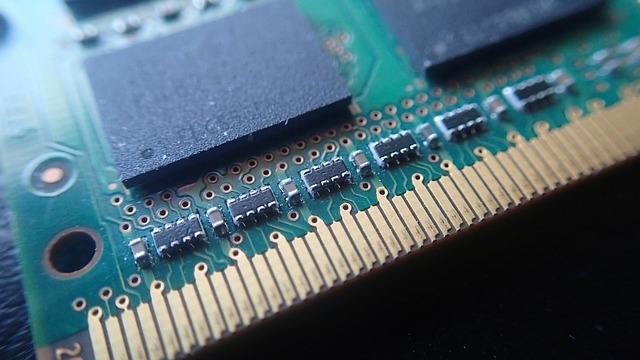How fast is DDR5 RAM?
DDR5 RAM, the latest standard in computer memory, has been making waves in the tech world with its improved speed and performance compared to its predecessor, DDR4 RAM.
In this article, I will drive into the technical specifications of both types of memory and compare their performance to determine how much faster DDR5 RAM really is.
What is DDR4 RAM?
DDR4 RAM, short for Double Data Rate 4 Random Access Memory, is the fourth generation of computer memory technology.
It was introduced in 2014 and quickly became the standard memory for desktop computers, laptops, and servers.
DDR4 RAM operates at a higher frequency and with increased efficiency compared to its predecessor, DDR3 RAM.
Technical Specifications of DDR4 RAM
DDR4 RAM has a transfer rate of 2133 to 4266 MT/s (million transfers per second) and operates at 1.2 volts.
It has a higher memory density compared to DDR3 RAM, which means that it can store more data on a single memory module.
DDR4 RAM also has a higher maximum memory capacity, with modules available in sizes up to 128GB.
What is DDR5 RAM?
DDR5 RAM, short for Double Data Rate 5 Random Access Memory, is the latest generation of computer memory technology.
It was introduced in 2020 and has been gaining traction in the tech industry due to its improved speed and performance compared to DDR4 RAM.
DDR5 RAM operates at a higher frequency, has a higher memory density, and uses less power compared to DDR4 RAM.
Technical Specifications of DDR5 RAM
DDR5 RAM has a transfer rate of up to 6400 MT/s and operates at 1.1 volts. It has a higher memory density compared to DDR4 RAM, which means that it can store more data on a single memory module.
DDR5 RAM also has a higher maximum memory capacity, with modules available in sizes up to 256GB.
Comparison of DDR4 and DDR5 RAM
So, how much faster is DDR5 RAM compared to DDR5 RAM? The answer lies in their technical specifications.
DDR5 RAM has a transfer rate that is up to three times higher compared to DDR4 RAM, which means that it can transfer data three times faster.
This results in a significant improvement in overall system performance, particularly when it comes to tasks that require large amounts of data to be processed quickly, such as gaming, video editing, and data analytics.
Another factor that contributes to the performance improvement of DDR5 RAM is its higher memory density.
This means that DDR5 RAM can store more data on a single memory module, which can lead to faster access times and reduced latency.
This is particularly important for applications that require a large amount of memory, such as virtualization, machine learning, and data centers.
DDR5 RAM uses less power compared to DDR4 RAM, which means that it generates less heat and requires less cooling. This results in a more energy-efficient system, which can lead to lower electricity costs and reduced environmental impact.
Conclusion
DDR5 RAM is significantly faster than DDR4 RAM, with transfer rates that are up to three times higher and higher memory density.
This results in improved system performance, particularly for applications that require large amounts of data to be processed quickly, and a more energy-efficient system.
With the increasing demand for faster and more efficient memory, DDR5 RAM is set to become the new standard in computer memory technology, and is a great investment for anyone looking to upgrade their system.
Just make sure if your device is compatible with DDR5 before purchase. Latest processors have supports for DDR5 but that does not mean your motherboard will support DDR5.
